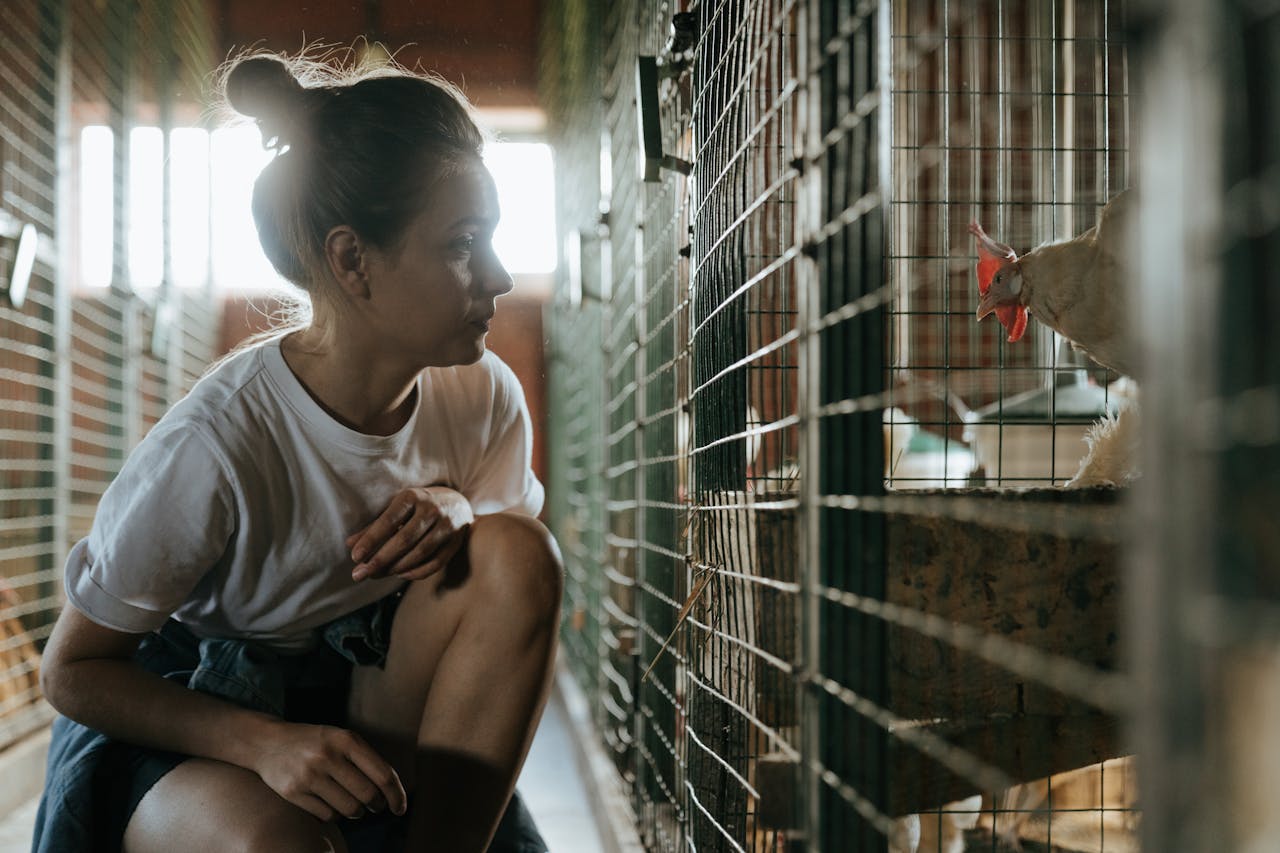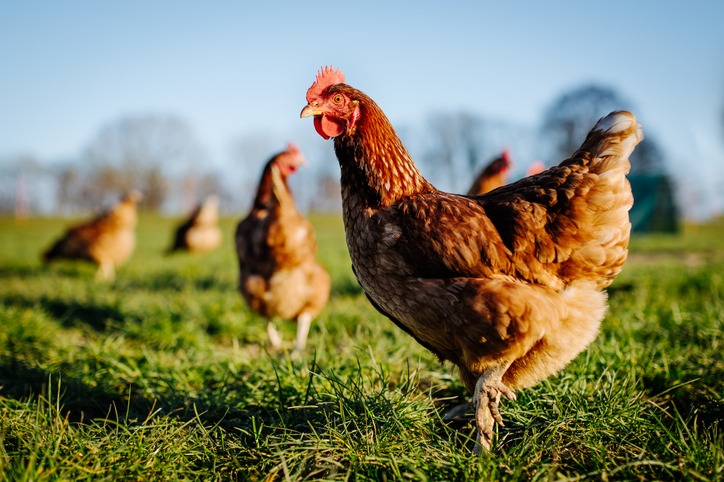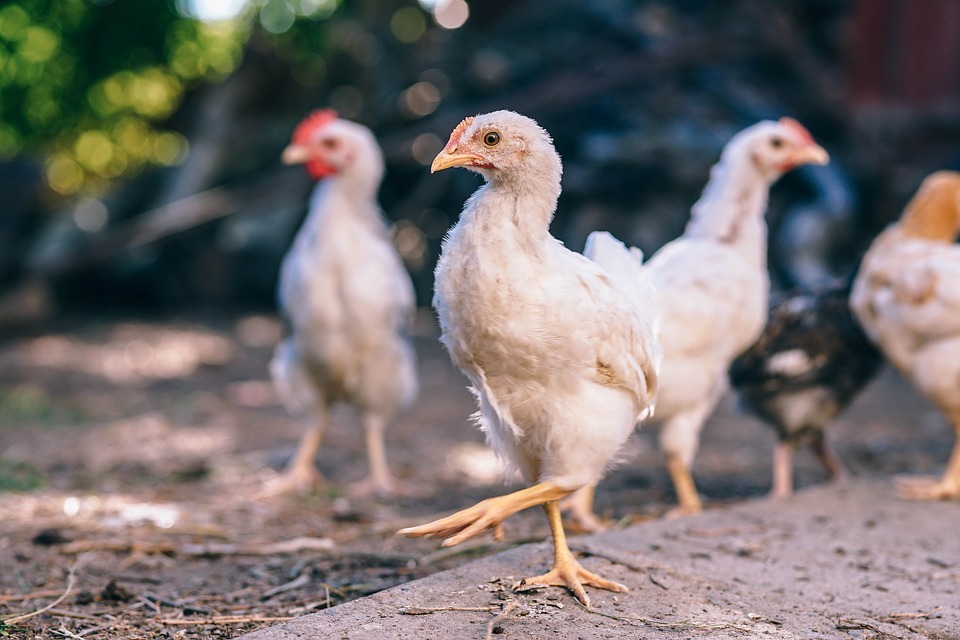Why Do Chickens Stop Laying? Common Causes and Solutions
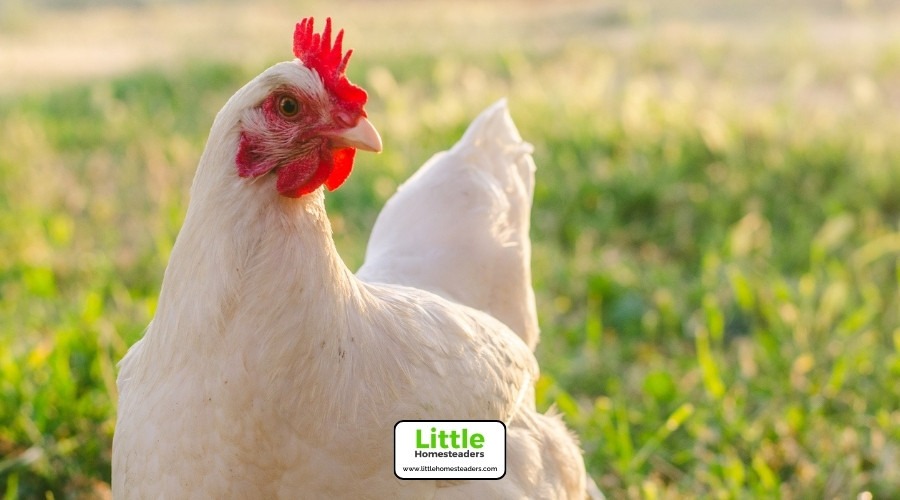
Raising chickens is rewarding, especially when they provide a steady supply of fresh eggs. But what happens when your hens suddenly stop laying? It can be frustrating and confusing, but the good news is that most causes are identifiable and fixable. Understanding why chickens stop laying and how to address these issues can help you maintain a happy and productive flock.
Common Causes of Reduced Egg Production
1. Insufficient Light Exposure
Egg production in hens is closely tied to the amount of light they receive. Chickens need 12 to 16 hours of daylight to maintain regular egg production. During the shorter days of fall and winter, natural light may not be enough to stimulate their laying cycle.
If you've noticed your hens laying fewer eggs as the days get shorter, it's likely due to reduced daylight. This is especially common in areas with long winters or overcast weather.
Solution: To ensure year-round laying, consider supplementing natural light with artificial lighting. Use a timer to mimic longer daylight hours, and keep the light consistent. However, avoid overdoing it—your hens still need a period of darkness to rest. For instance, a simple 40-watt bulb in the coop can be sufficient to extend daylight hours, but remember to keep the light at a soft glow to avoid overstimulation. Position the light so it doesn't shine directly into nesting boxes, as this can disturb hens.
2. Nutritional Deficiencies
Chickens need a well-balanced diet to produce eggs consistently. Essential nutrients like calcium, protein, and vitamins are crucial. Without them, hens may prioritize their health over egg production, leading to fewer or no eggs.
Thin or soft eggshells, lethargy, or even a complete lack of eggs are common signs of deficiency. Some hens might even eat their own eggs to replenish missing nutrients, a behavior often rooted in calcium deficiency.
Solution: Provide a high-quality layer feed that meets your chickens' nutritional needs. Supplement their diet with calcium sources, like crushed oyster shells or eggshells. For protein, occasional treats like mealworms, sunflower seeds, or cooked eggs can help. Additionally, ensure they have access to fresh greens, which can boost their vitamin intake. Be cautious about overfeeding kitchen scraps, as fatty or sugary foods can disrupt their overall diet.
3. Molting and Feather Regrowth
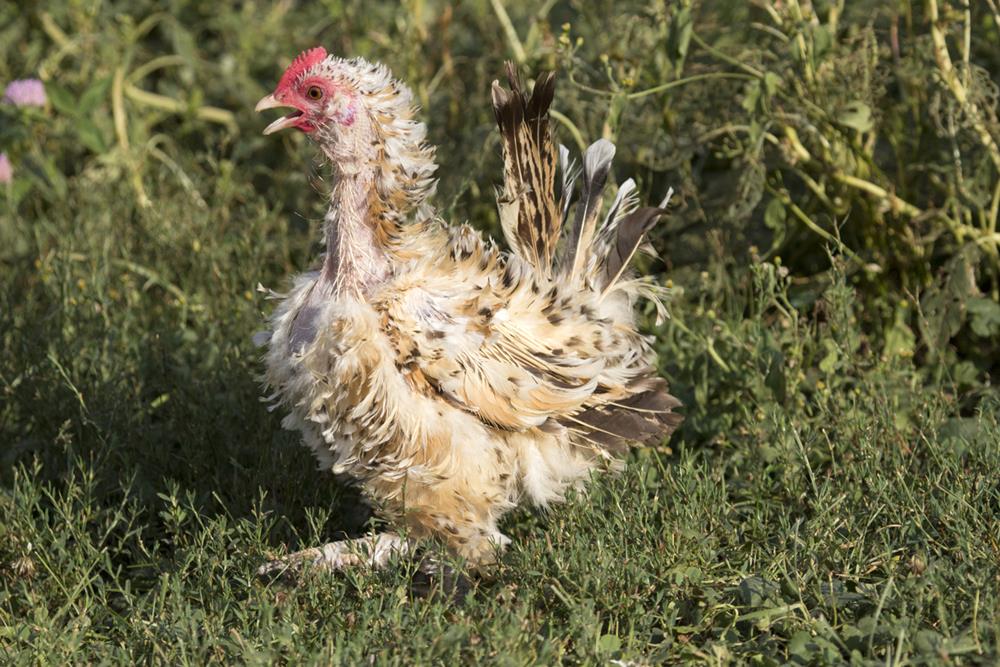
Every year, chickens go through a natural process called molting, during which they shed old feathers and grow new ones. This process is energy-intensive, often causing a temporary halt in egg production.
You may notice your chickens looking scruffy or patchy as their feathers fall out. This often happens in late summer or fall and can last anywhere from 8 to 16 weeks.
Solution: Molting is a normal and necessary process, so patience is key. To support your flock during this time, offer a high-protein feed to help with feather regrowth. Protein-rich treats like black soldier fly larvae, cooked lentils, or fish meal can be especially helpful. Reducing stress during molting—such as minimizing handling and maintaining a quiet coop environment—can also help hens recover more quickly.
4. Age-Related Decline
Hens are at their most productive between 1 and 3 years of age. After that, egg production naturally begins to decline. By the time a hen is 5 or 6 years old, she may stop laying altogether. Older hens may still lay occasionally, but the eggs will often be smaller or less frequent compared to younger birds.
Solution: While aging is inevitable, proper care can help extend productivity. Focus on providing a balanced diet, regular health checks, and a stress-free environment. If you're planning to maintain consistent egg production, consider introducing younger hens to your flock periodically. Heritage breeds, such as Australorps or Rhode Island Reds, often lay for longer periods compared to hybrids like Isa Browns.
5. Stress and Environmental Factors
Stress is a significant egg-production killer. Changes in the environment, predator threats, or disruptions in the flock's social structure can all cause hens to stop laying. For example, a sudden predator scare can result in days or even weeks of reduced egg production as hens recover from the stress.
Common Stressors:
- Overcrowding in the coop.
- Presence of predators like foxes or raccoons.
- Introducing new flock members.
- Loud noises or sudden weather changes.
Solution: Ensure your chickens feel secure and comfortable. Provide adequate space in the coop (at least 4 square feet per hen indoors and 10 square feet outdoors). Use predator-proof fencing and avoid unnecessary handling or frequent changes in their routine. When introducing new hens, quarantine them first and then integrate them slowly to reduce disruptions.
6. Diseases and Health Issues
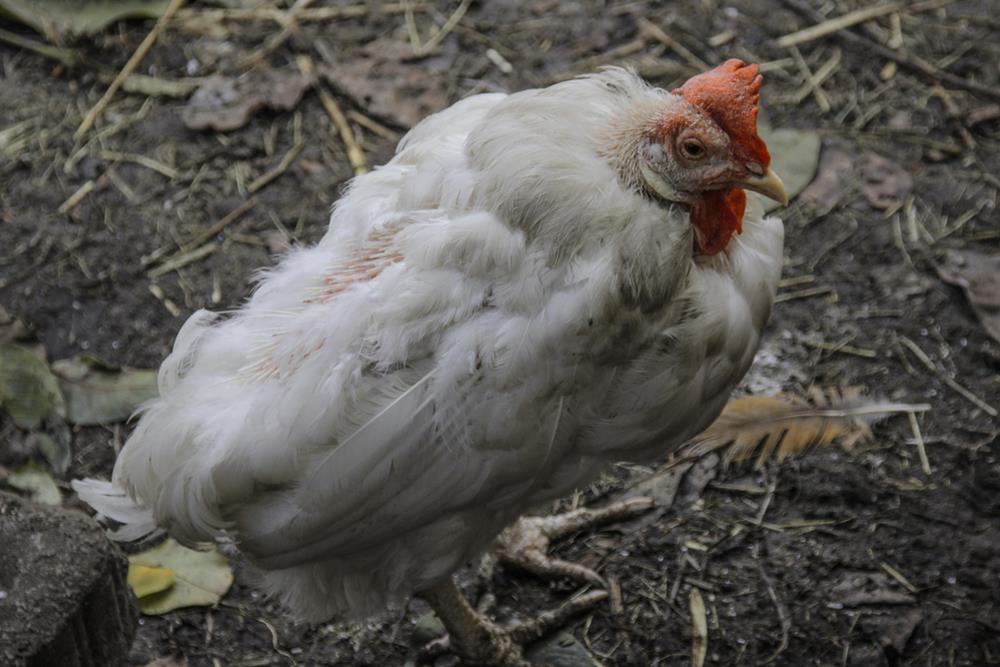
Chickens are susceptible to various health problems, from respiratory illnesses to parasites. These issues can divert their energy away from egg production.
Signs to Watch For:
- Weight loss or reduced appetite.
- Lethargy or unusual behavior.
- Visible signs of parasites like mites, lice, or worms.
- Signs of respiratory illness such as gasping for air or nasal discharge.
Solution: Regularly inspect your chickens for signs of illness or parasites. Maintain a clean coop and offer dust baths to prevent infestations. If you suspect a disease, consult a veterinarian promptly. Vaccinations, herbal remedies like garlic in their water, and regular deworming can help maintain flock health.
7. Coop Conditions and Space
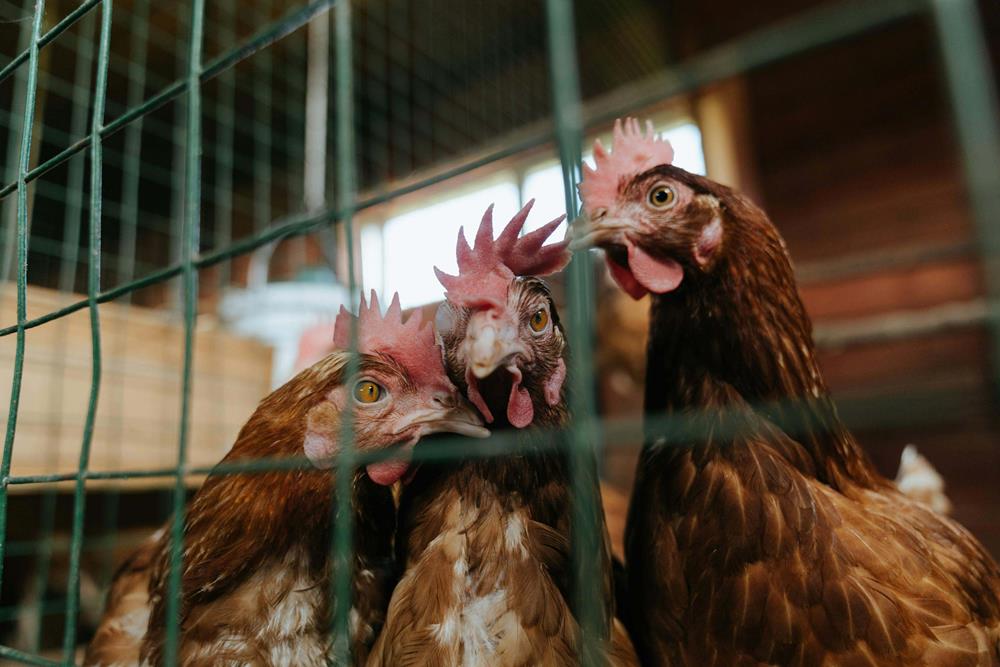
The state of your coop plays a crucial role in egg production. Overcrowding, poor ventilation, or inadequate nesting boxes can stress hens and discourage laying. If you've noticed hens fighting over a single nesting box or avoiding the coop altogether, these may be signs of overcrowding or poor setup.
Solution: Make sure your coop provides enough space, proper ventilation, and clean, comfortable nesting boxes. Each nesting box should accommodate up to four hens and be lined with clean, dry bedding. Check for drafts in winter and ensure the coop is cool and shaded in summer. Periodically clean the nesting boxes to prevent mites and odors.
8. Broodiness and Hormonal Changes
When a hen goes broody, her body focuses on hatching eggs rather than laying new ones. Broodiness can be triggered by changes in light, temperature, or social dynamics. Broody hens often stay in the nesting box, puff up their feathers, and may even peck at you if you try to move them.
Solution: To break a broody cycle, remove the hen from her nest and provide a cool, well-lit environment. You can also try placing her in a wire-bottom cage to discourage nesting behavior. Keeping an eye on hormonal shifts can help you manage broodiness effectively.
9. Seasonal Temperature Fluctuations
Extreme heat or cold can also impact egg production. Hens may stop laying when temperatures rise above 75°F or drop below 50°F. During a heatwave, hens may pant or avoid eating, both of which can reduce laying.
Solution: In hot weather, ensure your chickens have access to shade, fresh water, and good ventilation. During colder months, insulate the coop and use deep bedding to keep them warm. A draft-free, well-ventilated environment is key to maintaining productivity year-round.
Tips for Supporting Healthy and Productive Chickens

- Monitor Their Health: Regularly check for signs of illness, parasites, or stress. Early detection and treatment can make a big difference in maintaining productivity. Keep a record of each hen's behavior and laying patterns to spot abnormalities quickly.
- Maintain a Clean Coop: A clean, well-ventilated coop reduces the risk of disease and stress. Regularly remove droppings, replace bedding, and sanitize feeding areas. Deep-clean the coop at least twice a year.
- Provide a Balanced Diet: High-quality feed and supplements ensure your hens have the nutrients they need. Offer grit to aid digestion and provide occasional treats like fresh greens or kitchen scraps in moderation.
- Rotate Your Flock: To maintain consistent egg production, introduce new hens every couple of years. This ensures a mix of young and mature layers in your flock.
- Ensure Proper Lighting: Use timers to maintain a consistent light schedule during shorter days. Avoid sudden changes in lighting, as this can confuse your hens and disrupt their cycles.
- Create a Comfortable Environment: Provide adequate space, secure nesting boxes, and minimize stressors like loud noises or frequent changes in routine. Offer perches for roosting and shaded areas for hot days.
- Invest in Preventive Care: Vaccinate your flock and provide natural remedies like apple cider vinegar in their water to boost immunity. Regularly check for parasites and treat infestations promptly.
- Encourage Natural Behaviors: Allow hens to free-range if possible. Scratching and foraging reduce boredom and improve their overall well-being, which translates to better egg production.
- Support Molting Periods: During molting, focus on high-protein diets and reduce stressors. Providing warm, draft-free conditions can help hens recover more quickly.
Conclusion
A sudden drop in egg production can be concerning, but understanding the common causes can help you address the problem effectively. Whether it's a lack of light, nutritional deficiencies, or environmental stressors, there are practical solutions to get your flock back on track. By providing proper care and attention, you can enjoy a steady supply of fresh eggs while keeping your hens happy and healthy.

